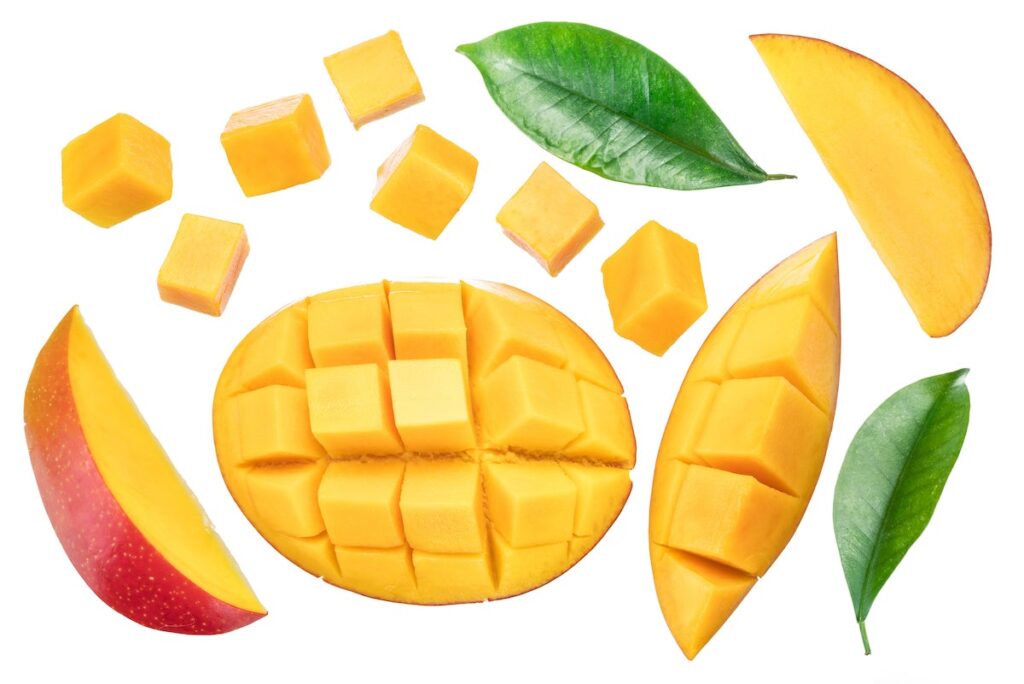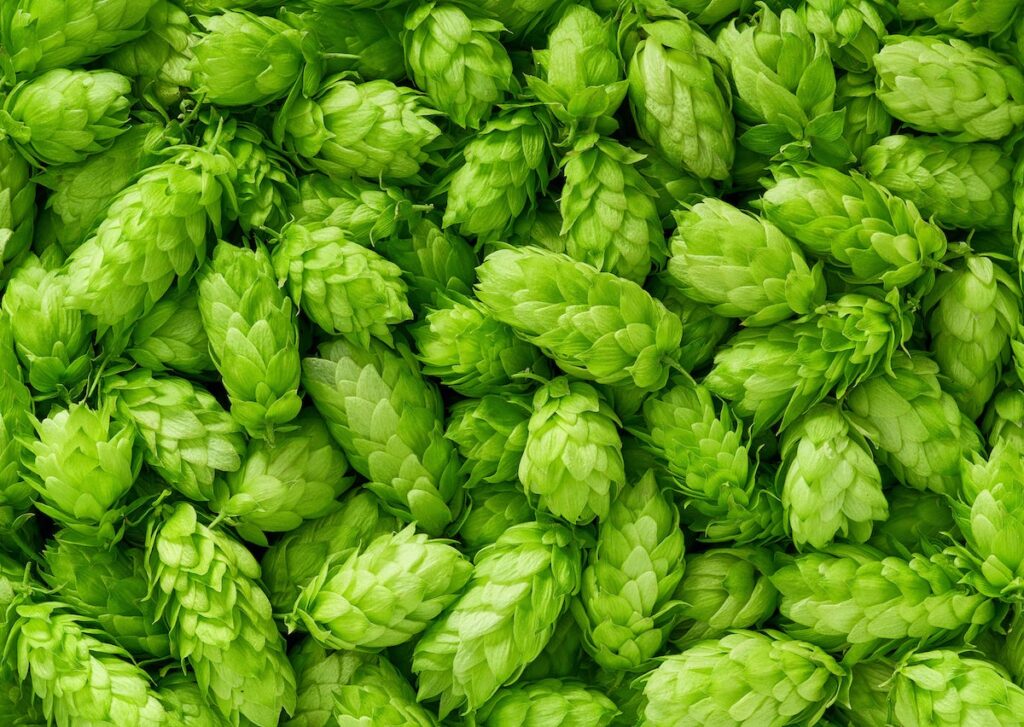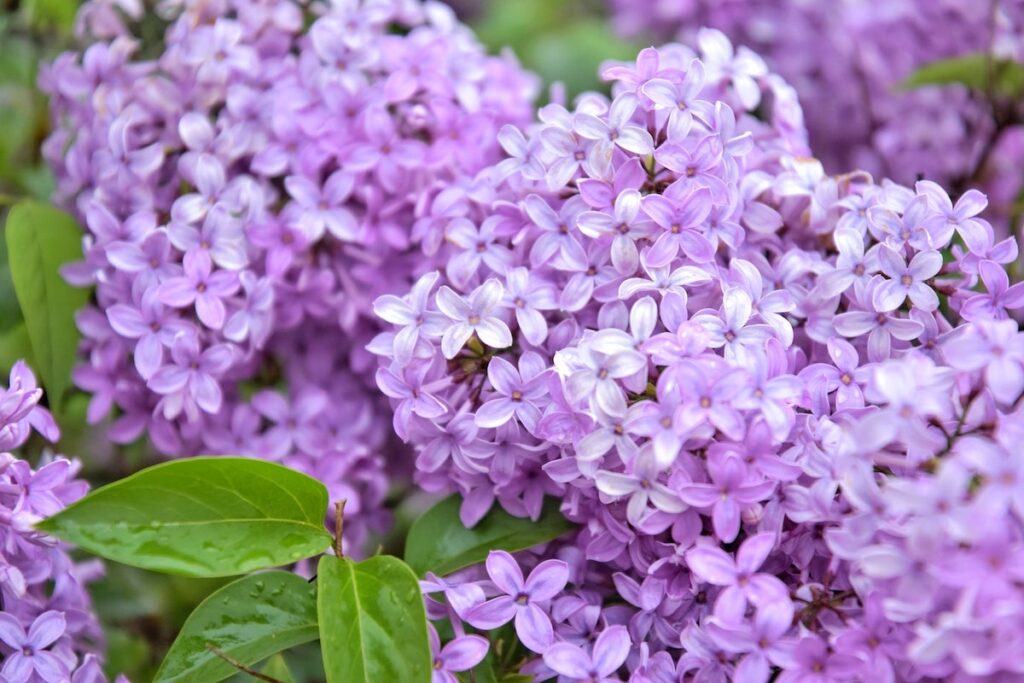Terpenes are naturally occurring chemical compounds found in many plants. They are often responsible for our favorite natural aromas. These tiny but powerful molecules give oranges, lavender, pine trees, and cannabis their signature scents. On the cannabis plant, they are concentrated in the trichomes, which are the tiny hair-like appendages that cause cannabis flower to appear crystally. The synergistic interactions that occur among terpenes, THC, CBD, and other active chemical compounds are believed to provide different cannabis strains with their trademark psychoactive effects, therapeutic properties, and potential health benefits.
Terpenes are essential to both plants and modern society. Many of these aromatic compounds produced by plants act as a repellent to potential predators and pets while alluring friendly pollinators such as bees. Countless terpenes are extracted from plants for the production of food, cosmetics, perfumes, and pharmaceuticals. These compounds are also the subject of promising medical research and may play an integral role in modern anticancer drugs or other conventional western medicines.
Each terpene has a unique profile that elicits different responses from the human body’s chemical receptors. When extracted and segregated from other compounds, terpenes are referred to as isolates. Cannabis-derived isolates are not only valuable to medicinal research and application, they also offer the consumer a carefully calculated experience.
Those who enjoy and benefit from cannabis now have the opportunity to personalize their cannabis consumption with the right mix of terpenes and cannabinoids. For a noticeably higher price, consumers can choose specific forms and exact doses of THC, CBD, CBG, and terpene isolates.
The 6 Most Important Cannabis Terpenes
There are hundreds of terpenes naturally produced in cannabis plants, but some are particularly abundant. The six most dominant or common ones found in retail cannabis products are described and characterized below.

β Caryophyllene
One of the only terpenes known to interact directly with the body’s endocannabinoid system is beta-caryophyllene. This terpene is also abundant in black pepper, cinnamon, and cloves. It acts as a spicy and herbal flavoring agent in consumable products. Beta-caryophyllene is known to produce anti-inflammatory effects in the body, and new evidence suggests its side effects may help in easing localized and neurological pain. Some of the industry’s favorite cannabis strains are dominant in beta-caryophyllene, such as Girl Scout Cookies, Sherbert, and Cheese.

Limonene
Limonene, a terpene also found in lemon and citrus essential oils, is the second most widely distributed terpene in nature. When consumed, limonene typically creates uplifting and energizing feelings. Cannabis researchers believe these effects may be caused by the agonist effects limonene has on our body’s serotonin receptors. Developing research suggests the promise of the naturally occurring chemical compound’s application in symptom relief for those with gastrointestinal issues. You can find some limonene-dominant strains at the dispensary, such as Sour Diesel, Wedding Cake, MAC, and Do-Si-Dos.

Myrcene
Myrcene is the terpene most frequently found in cannabis. It is also naturally produced in hops, thyme, mango, and lemongrass. Most strains found in dispensaries contain myrcene as the dominant terpene. This terpene is often described as earthy and herbal. Strains like Cherry Pie, OG Kush, Green Crack, Sour Diesel, and Blue Dream often contain myrcene as the most dominant and abundant terpene. When consumed, myrcene interacts with the body’s chemical receptors and the opiate system to produce pain-relieving effects as one of its potential therapeutic properties.

Ocimene
Cannabis strains dominant in ocimene are rather rare. Ocimene is found in other plants including hops, kumquats, basil, lavender, orchid, and pepper. Because of its signature sweet, floral, and woody aromatic profile, this terpene is used frequently in the perfume industry.
Ocimene is one of the terpenes produced by plants to ward off destructive insects and other predators. There are growing bodies of evidence that suggest ocimene may have anti-inflammatory properties when administered to humans. Strains with an abundance of ocimene terpene content, such as Pink Lemonade and Golden Pineapple, are often touted for their medicinal benefits for those with mental health conditions.

Pinene
Pinene, also found in dill, basil, rosemary, parsley, and pine, is a dominant terpene in cannabis strains including Taffy, Sour Carmello, Amaretto Sour, Snoop’s Dream, and Royal Pineapple.
This terpene is thought to have beneficial therapeutic properties for memory by inhibiting the degradation of the neurotransmitter acetylcholine, which is critical for memory and may help mitigate the effects of THC on short-term memory. Scientists are researching this terpene’s neuroprotective properties and their potential to fight degenerative disorders, such as Alzheimer’s disease, dementia, amnesia, and more.

Terpinolene
Terpinolene is a common terpene in many strains, but it’s typically only present in trace amounts. There are very few terpinolene-dominant cannabis strains. In fact, only 1 in 13 strains lists terpinolene as the majority terpene. Jack Herer, Pink Runts, and Afternoon Delight are terpinolene-dominant strains.
Terpinolene also naturally occurs in lilacs, tea trees, apples, cumin, and nutmeg. Its aroma and flavor are often described as woody and herbaceous with notes of flora. Studies have shown that this terpene can induce sedation, in addition to its anticarcinogen and antioxidant health benefits. Current research projects are exploring the medicinal potential of terpinolene combined with other antioxidants. Scientists predict it may be effective in preventing coronary heart disease, the leading cause of death in the United States.
The Lesser-Known Cannabis Terpenes
There are hundreds of different terpenes in cannabis, but many of them are not as abundant as those previously mentioned. The effect of these terpenes on the body’s reaction to THC is of less significance, but it is still frequently recognizable.
You may come across these less prominent terpenes, like 3-Carene, Camphene, Humulene, and Linalool during cannabis testing processes.
Understanding and identifying the various terpenes in different strains of cannabis is key for growers and industry professionals, especially those who are creating new strains and exploring potential medicinal applications of cannabis derivatives.
What is the Entourage Effect?
Raphael Mechoulam, perhaps the world’s most renowned cannabis researcher in history, calls cannabis a “neglected pharmacological treasure trove” of potential health benefits and therapeutic properties. When a person consumes cannabis, their body takes in a plethora of botanical compounds, each with its own distinctive set of effects and potential health benefits. Different organic chemical compounds also interact to catalyze, inhibit, and transform effects on the body’s chemical response system.
Mechoulam is credited with discovering this interaction, colloquially known as the “entourage effect.” The brilliant Israeli organic chemist and professor of Medicinal Chemistry was the first to discover and isolate THC from cannabis plants.
In 2019, Mechoulam explained at a conference, “We originally discovered this and subsequently it has been confirmed by many people that some of the effects of THC and of cannabinoids – in quite a few cannabinoids – are potentiated by compounds which by themselves had no activity, yet they potentiate the activity of THC.” Mecholuam has performed numerous studies that show the effects of different terpene combinations in medical marijuana patients.
The “entourage effect” can be illustrated by the simultaneous consumption of CBD and THC. A study published in 2020 revealed evidence that THC, in joint administration with CBD, has the potential to better alleviate depression and anxiety symptoms than independent consumption of either compound. However, there are still very few studies exploring the synergies of terpenes in humans due to the plant’s status as a Schedule 1 drug.
Why Terpenes Matter Most
Many seasoned cannabis consumers prefer flower over extracts because of the wide array of cannabinoids and terpenes naturally present in cannabis flower. However, some cannabis extracts offer a rich diversity of cannabinoids and terpenes. These are referred to as full-spectrum cannabis extracts, and they can deliver THC, CBD, CBG, CBN, myrcene, limonene, and much more all in one convenient and measured dose.
Cannabis manufacturers are able to dictate the exact amount and type of cannabinoids, terpenes, and terpenoids they are allocating into different products. These cannabis products can be found in dispensaries in the form of dabs, vape oils, capsules, and tinctures.
Some people prefer neither flower nor full-spectrum extracts. Instead, they opt for “isolates,” which are single compound extracts. Isolate extracts allow consumers to experience the effects of a single compound. Isolates and full-spectrum extracts are popular because of the control people are able to exercise in their consumption, but they are time-consuming and somewhat difficult to produce. These products, which reflect our evolving knowledge about the intricacies of the terpene profile, sell at a significantly higher price point than traditional flower.
The role terpenes play in the medical exploration of cannabis-focused medical care is also significant and exciting. As we continue to learn about the interactions and individual benefits of terpenes on the human body, the cannabis industry continues to deepen its role in pharmaceutical treatments.











